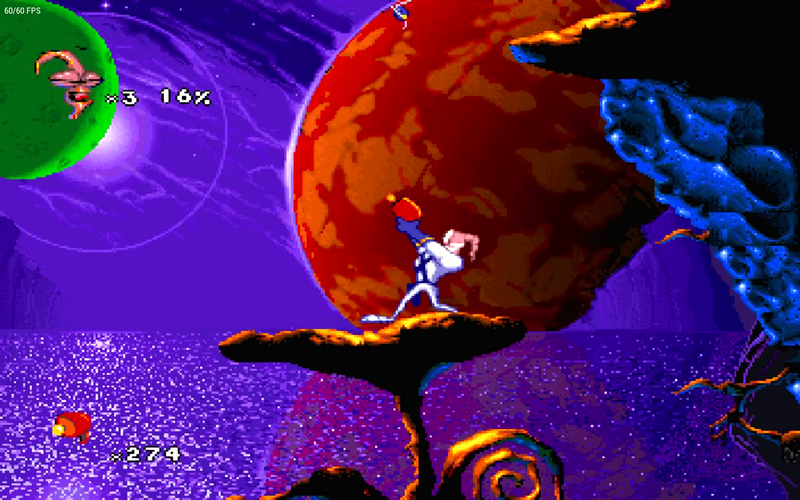

It was well received by critics, and received a sequel, Earthworm Jim 2, in 1995.
The game was noted for its fluid, cartoon-like animation and 'off-the-wall' humour.
-image.jpg)
Created by Doug TenNapel and designed by David Perry, the game was released for the Sega Genesis in 1994, and subsequently ported to a number of other video game consoles. Įarthworm Jim is a 1994 run and gun platforming video game developed by Shiny Entertainment and published by Playmates Interactive Entertainment, featuring an earthworm named Jim in a robotic suit who battles evil. This game can be played also in a versions for SMS, Game Boy, SNES and DOS.ĭavid J. Mega Drive games also received re-release as part of collector's editions for the Sony PS2 and PSP, and other systems, as well as being available for download on the Nintendo Wii Virtual Console.If you think that the game in your browser does not behave as it should, try to choose another online emulator from this table. Games continued to be released internationally as recently as 2002. The first successful 16-bit system, the Mega Drive's 14-year lifespan places it second only to the Nintendo Game Boy. With seven distinct versions the Mega Drive has the largest number of licensed versions of any console. The Genesis could do things that the NES simply couldn't. Sega also focused attention on its better graphics, speed, and sound, especially after the release of Sonic. These efforts were often successful, as Sega marketed the Genesis as hip, cool, and edgy. In addition to porting over popular coin-op games, Sega executives worked hard to lure developers away from Nintendo. Dubbed the Genesis, this version was developed with the American market and consumer in mind. A year later, Sega released the Mega Drive in the United States. Released in 1988, the Sega Mega Drive heralded the coming of the 16-bit era and inaugurated the Console Wars of the 1990s.


 0 kommentar(er)
0 kommentar(er)
